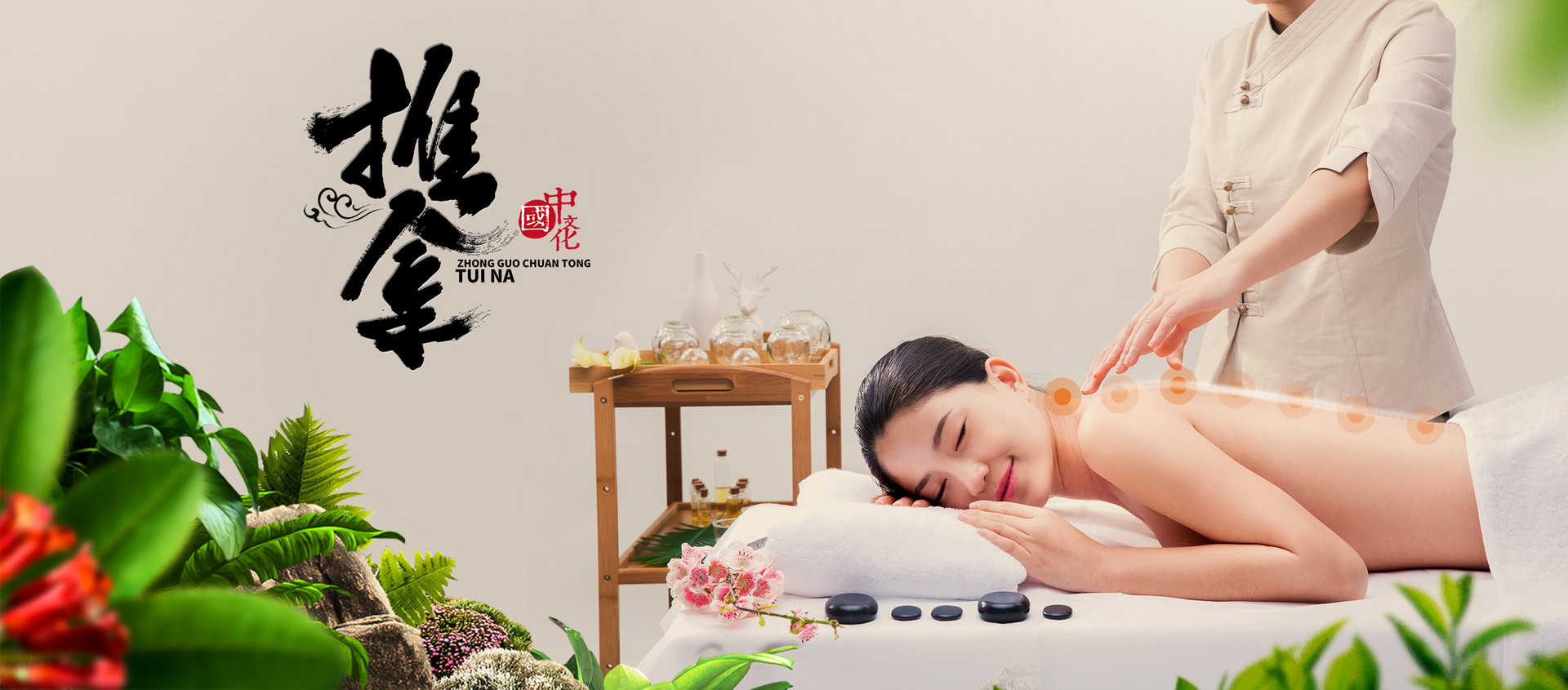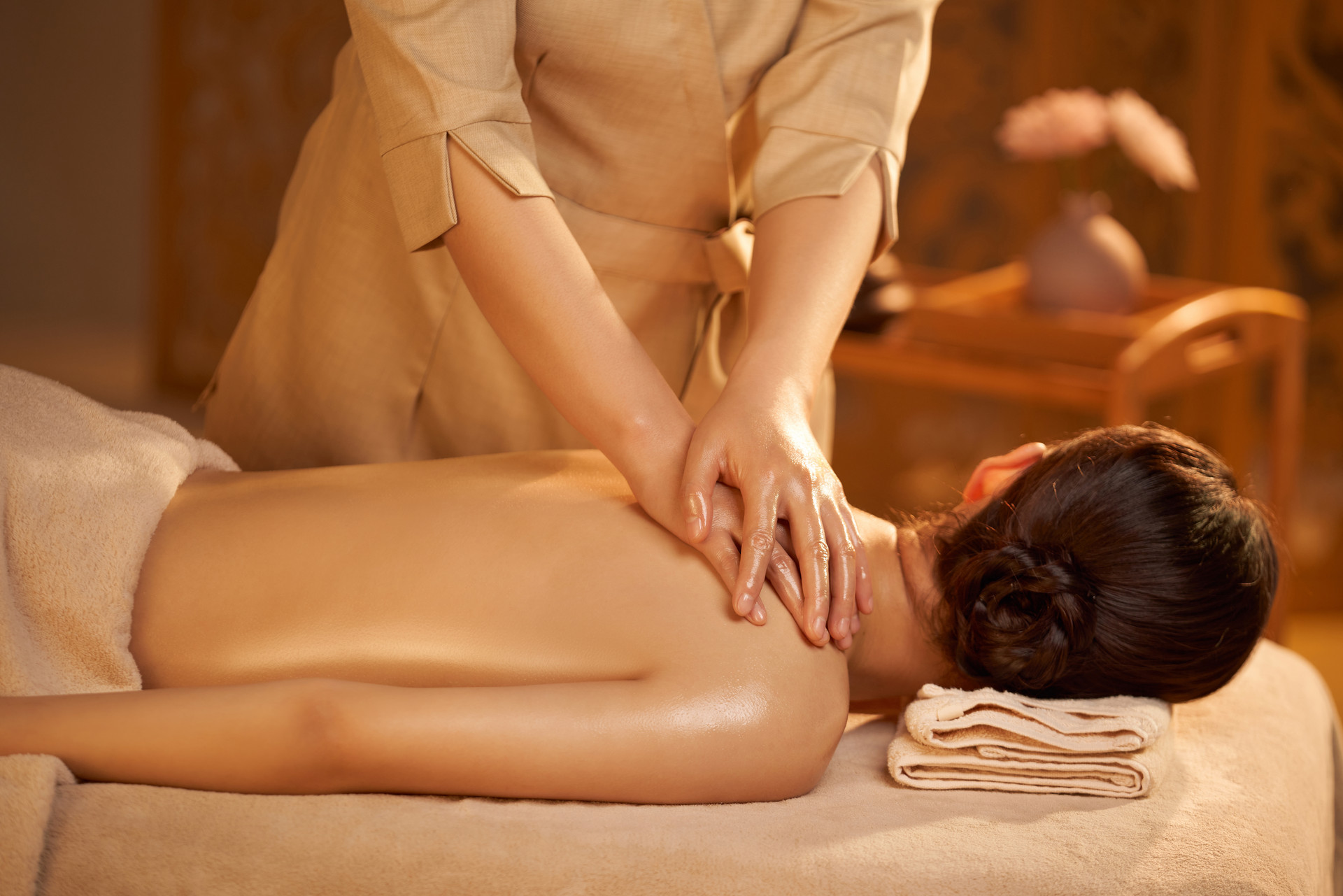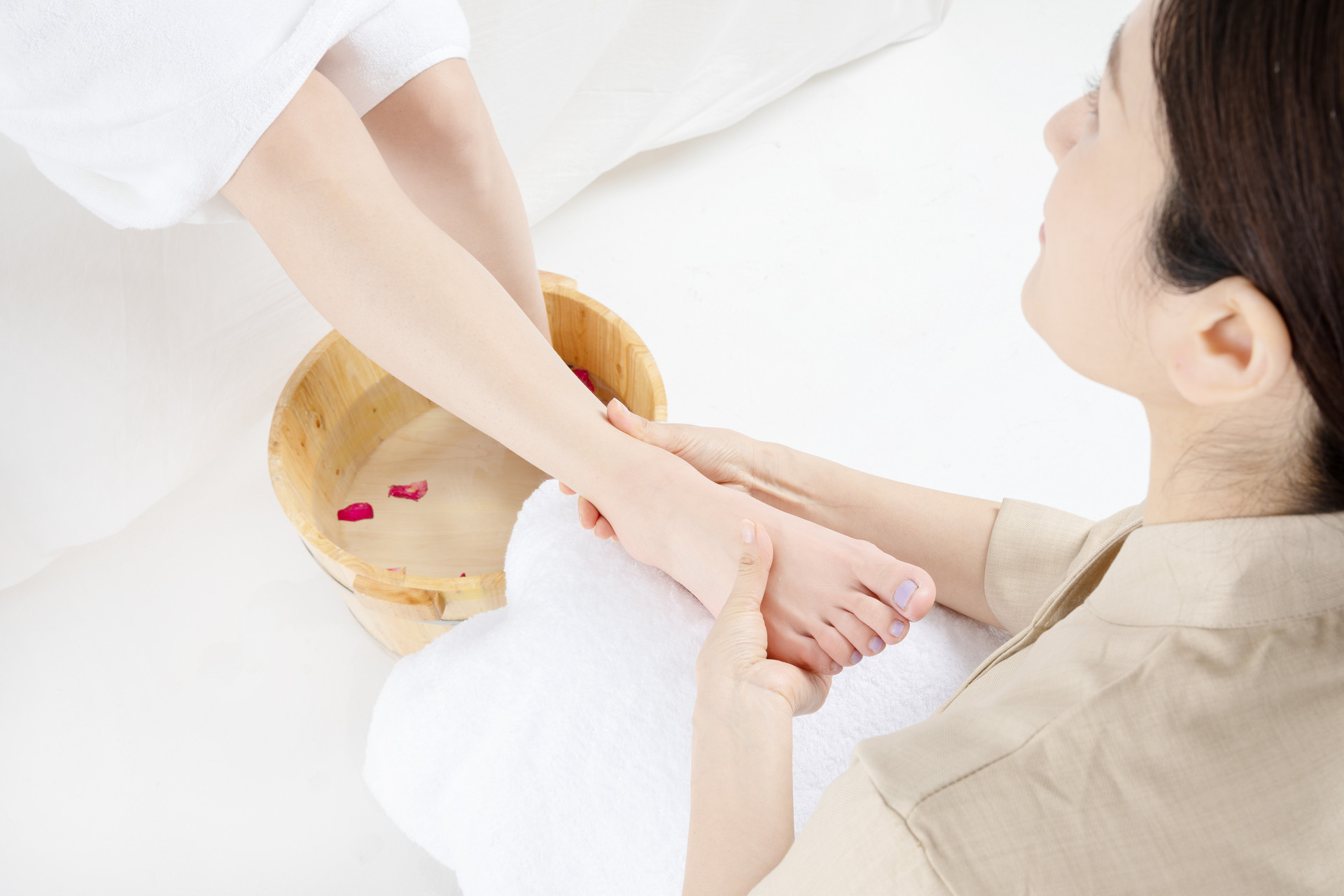Shoulder periarthritis is a common joint disease, often caused by acute injury or chronic strain. Do you know how to treat shoulder periarthritis? In fact, massage therapy can effectively treat shoulder periarthritis. Today, I will introduce the methods of traditional Chinese medicine for treating shoulder periarthritis.
Traditional Chinese Medicine External Treatment
1. Hot liquor tapping method
This method is one of the simple external treatments in traditional Chinese medicine. Traditional Chinese medicine believes that liquor can dispel cold and promote the circulation of yang qi. Modern medical research has confirmed that liquor can promote blood circulation and metabolism, and has a good effect on shoulder periarthritis.

Method: Take 100 ml of liquor above 40 degrees Celsius, pour it into a porcelain bowl and heat it until it is slightly hot (about 70°C), then remove it and use it while it's hot. Wash your hands first, dry them, and dip them in liquor to tap the back of the neck (at the seventh cervical vertebra) and its surrounding area; then tap the painful area of the shoulder joint.
Tap each area 20-40 times until it becomes slightly red and slightly painful. The force should start light and gradually increase. After the first tapping, rest for 3 hours, then repeat the tapping as described above for the second time. Do this twice a day (once in the morning and once in the evening).
While using this method, avoid exposure to wind and cold, and you can drink alcohol appropriately. If this method is combined with massage and functional exercises, the effect will be even better.

2. Wheat bran hot fumigation method
This is also one of the simple external treatments in traditional Chinese medicine. Traditional Chinese medicine believes that wheat bran has the effects of pain relief, dispelling wind, and removing dampness. Adding Atractylodes, Cyperus rotundus, and Frankincense can enhance its effect.
Modern medical research has confirmed that the combination of the above-mentioned drugs can have anti-inflammatory, analgesic, and muscle relaxant effects.
This method is suitable for joint pain caused by wind, cold, and dampness, shoulder periarthritis, rheumatoid arthritis, gouty arthritis, and post-traumatic joint pain (recovery period), etc.











